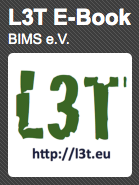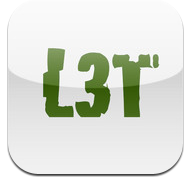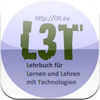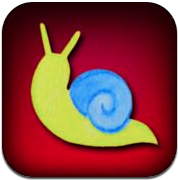Our this year publication on „A Qualitative Approach towards Discovering Microblogging Practices of Scientists“ for ICL 2011 conference is now online avaible as Draft version. The slides were already published here.
Abstract:
Although Microblogging (for instance Twitter) is still rather young compared to other traditional weblogging services there already exists quite a number of studies on itsusage. The majority of scholars dealing with this topic have chosen a quantitative approach focusing on different aspects such as publishing patterns, follower patterns, publishing practices, etc. However, there are less qualitative evidence and case studies on how Twitter is used by adults in their personal working practices. This paper presents a qualitative approach of discovering microblogging practices and obtaining rich descriptions of few cases that give a deeper insight into how Twitter isused by scientists and how this practice shapes their social networks. The methodological approach is based on online ethnographic studies. ThereforeGrabeeter, a tool for collecting all public tweets of a person in various formats, hasbeen adapted in order to obtain the data appropriate for a qualitative analysis following a grounded theory approach. After an analysis of the current state-of-the-art we will outline an approach for a more qualitative analysis that focuses on discovering tacit aspects of microblogging practices such as value or purpose. Finally some initial results from four individual cases will be discussed. This work presentsthe initial phase of a detailed qualitative approach towards exploring microblogging practices of scientists.
Klicken Sie auf den unteren Button, um den Inhalt von www.scribd.com zu laden.
Reference: Ebner, M.; Kieslinger, B. (2011), A Qualitative Approach towards Discovering Microblogging Practices of Scientists, – in: 14th International Conference on Interactive Collaborative Learning (ICL2011) ̶ 11th International Conference Virtual University (vu’11). (2011), p. 51 – 57





